| |||||
| Decades: | |||||
|---|---|---|---|---|---|
| See also: | Other events of 1921 History of Taiwan • Timeline • Years | ||||
Events from the year 1921 in Taiwan, Empire of Japan.
| |||||
| Decades: | |||||
|---|---|---|---|---|---|
| See also: | Other events of 1921 History of Taiwan • Timeline • Years | ||||
Events from the year 1921 in Taiwan, Empire of Japan.

Taiwan, officially the Republic of China (ROC), is a country in East Asia. The main island of Taiwan, also known as Formosa, lies between the East and South China Seas in the northwestern Pacific Ocean, with the People's Republic of China (PRC) to the northwest, Japan to the northeast, and the Philippines to the south. It has an area of 35,808 square kilometres, with mountain ranges dominating the eastern two-thirds and plains in the western third, where its highly urbanized population is concentrated. The combined territories under ROC control consist of 168 islands in total covering 36,193 square kilometres. The largest metropolitan area is formed by Taipei, New Taipei City, and Keelung. With around 23.9 million inhabitants, Taiwan is among the most densely populated countries.

The president of the Republic of China, also known as the president of Taiwan, is the head of state of the Republic of China, commonly known as Taiwan, as well as the commander-in-chief of the Republic of China Armed Forces. Before 1949 the position had the authority of ruling over Mainland China, but after communist victory in the Chinese Civil War, the remaining jurisdictions of the ROC have been limited to Taiwan, Penghu, Kinmen, Matsu, and smaller islands.

Outer Mongolia was the name of a territory in the Manchu-led Qing dynasty of China from 1691 to 1911. It corresponds to the modern-day independent state of Mongolia and the Russian republic of Tuva. The historical region gained de facto independence from Qing China during the Xinhai Revolution.

The Republic of China Navy is the maritime branch of the Republic of China Armed Forces (ROCAF).
Taiwanese literature refers to the literature written by Taiwanese in any language ever used in Taiwan, including Japanese, Taiwanese Han and Austronesian languages.

The Taiwanese Cultural Association was an important organization during the Japanese rule of Taiwan. It was founded by Chiang Wei-shui on 17 October 1921, in Daitōtei, a district in modern-day Taipei. It gathers Taiwanese intellectuals and aims for the delivery of progressive ideas and values. It also functions as a political group advocating for Taiwanese collective consciousness and thought. The association was founded on October 17, 1921, when Lin Hsien-tang (林獻堂) was elected as president, Yang Chi-chen (楊吉臣) as vice president, and Chiang Wei-shui (蔣渭水) as director.

Bunzō Hayata was a Japanese botanist noted for his taxonomic work in Japan and Formosa, present day Taiwan.
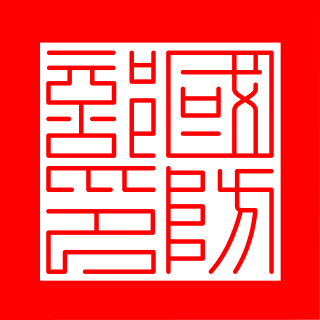
The Ministry of National Defense of the Republic of China is the ministry of the Republic of China (Taiwan) responsible for all defense and military affairs of Taiwan and surrounding area. The MND has been headed by Minister Wellington Koo since 2024.
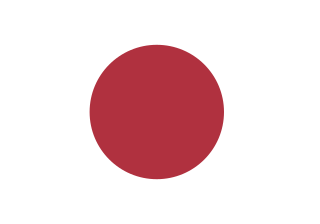
The island of Taiwan, together with the Penghu Islands, became an annexed territory of the Empire of Japan in 1895, when the Qing dynasty ceded Fujian-Taiwan Province in the Treaty of Shimonoseki after the Japanese victory in the First Sino-Japanese War. The consequent Republic of Formosa resistance movement on Taiwan was defeated by Japan with the capitulation of Tainan. Japan ruled Taiwan for 50 years. Its capital was located in Taihoku (Taipei) led by the Governor-General of Taiwan.

The Republic of China calendar, often shortened to the ROC calendar or the Minguo calendar, is a calendar used in Taiwan, Penghu, Kinmen, and Matsu. The calendar uses 1912, the year of the establishment of the Republic of China (ROC) in Nanjing, as the first year.
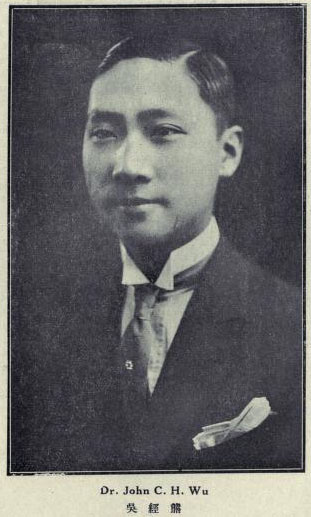
John Ching Hsiung Wu was a Chinese jurist and author. He wrote works in Chinese, English, French, and German on Christian spirituality, Chinese literature and on legal topics. On his Tao Te Ching translation, Thomas Merton said Wu's work was "absolutely necessary for us not only to progress but even to survive."
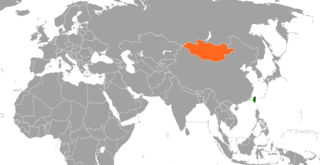
At its establishment in 1912, the Republic of China claimed to be the successor state to the entirety of the Qing empire, which included Outer Mongolia. The Republic of China did not recognize Mongolia's independence until 1945; the two never exchanged diplomats. When the Chinese Civil War ended in 1949, Mongolia recognized the People's Republic of China; the Republic of China continued to show Mongolia as part of its territory on official maps until 2002 when they recognized Mongolia as an independent country and established informal relations.

The Thyatirinae, or false owlet moths, are a subfamily of the moth family Drepanidae with about 200 species described. Until recently, most classifications treated this group as a separate family called Thyatiridae.

Sicheng is a railway station of Taiwan Railways Administration Yilan line located in Toucheng Township, Yilan County, Taiwan.
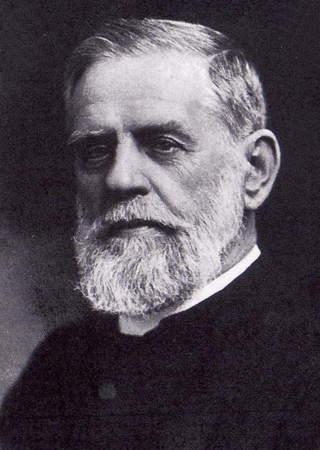
William Campbell (1841–1921) was a Scottish Presbyterian missionary to Formosa. He wrote extensively on topics related to Taiwan and was also responsible for founding the island's first school for the blind. Interested in the early history of the island, his knowledge of the time was such that he was called "without doubt the greatest authority on this subject living". He was probably the first European to see Sun-Moon Lake, which he named Lake Candidius in honour of the seventeenth century Dutch missionary George Candidius.

Providence University is a Catholic co-educational institution in Shalu District, Taichung City, Taiwan. Providence University is one of the U12 Consortium member schools, and is one of two Taiwan universities participating in the ISEP network.

National Standard Time is the official time zone in Taiwan defined by an UTC offset of +08:00. This standard is also known as Taipei Time (臺北時間), Taiwan Time (臺灣時間) or Taiwan Standard Time (TST).
Cryptolechia is a genus of moths in the family Depressariidae.
Local elections were held for the first time in Taiwan by the Japanese colonial government on 22 November 1935, electing half of the city and township councillors. The other half were appointed by the prefectural governors.

French and Chinese forces engaged in battles around Taiwan in the late 19th century. In the early 20th century, the French Third Republic established dipomatic relations with the Republic of China (ROC). In 1964 France became the first European country to switch recognition to the People's Republic instead but continued to sell major weapon platforms to the ROC following its retreat to Taiwan. This ended in 1994 when France upgraded its relations with the PRC, accepting Taiwan as a part of China.